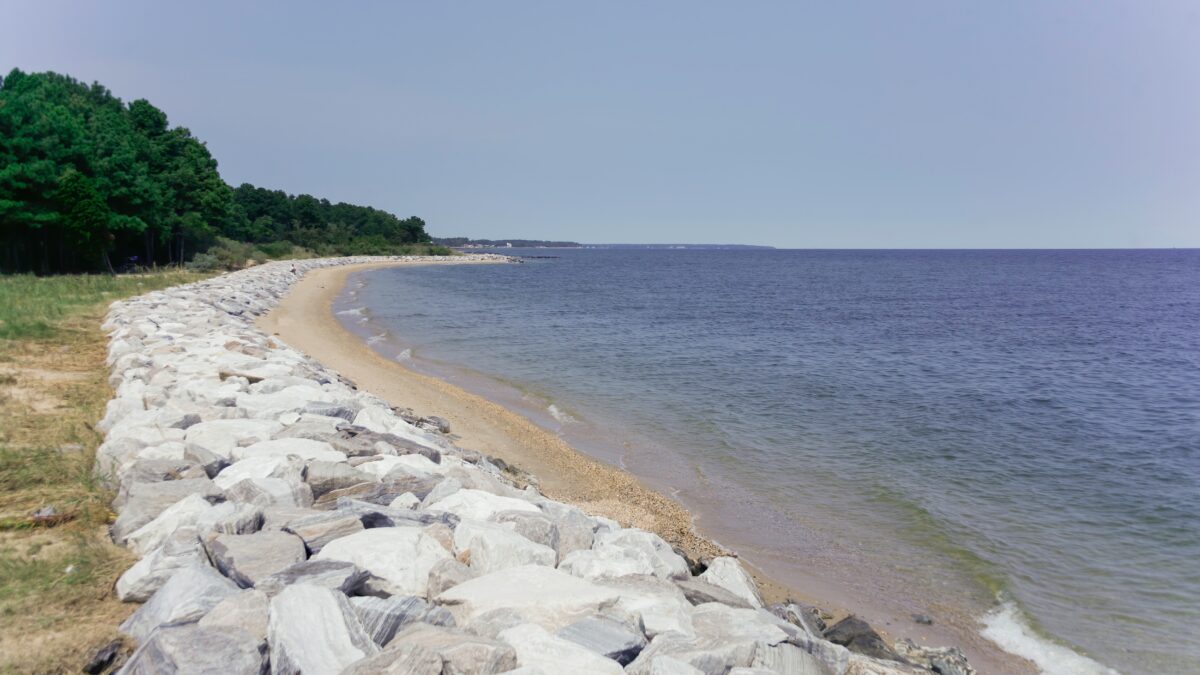Lake Anna is one of Virginia’s gems, offering breathtaking scenery, recreational opportunities, and a vibrant community. Maintaining its natural beauty and ecological health requires care and attention—particularly when it comes to shoreline stabilization. This process of preventing erosion and protecting lake edges is critical for preserving both the environment and property around Lake Anna.
What Is Shoreline Stabilization?
Shoreline stabilization encompasses a range of methods used to prevent erosion caused by wind, waves, runoff, and fluctuating water levels. Erosion is a significant concern for lakefront properties and ecosystems alike. Left unchecked, it can lead to land loss, sedimentation, and damage to aquatic habitats.
When sediment enters the water, it can cloud the lake, harm fish and plants, and even impact the water quality enjoyed by residents and visitors. Stabilizing the shoreline helps combat these issues, ensuring Lake Anna remains a clean, safe, and enjoyable destination.
Common Methods of Shoreline Stabilization
There are several effective techniques for stabilizing shorelines, each tailored to specific conditions and needs:
- Vegetative Stabilization
Planting native grasses, shrubs, and trees along the shoreline is a natural and eco-friendly solution. The root systems of these plants help hold the soil in place, reducing erosion while providing habitats for wildlife. This method also enhances the shoreline’s visual appeal. - Rock Riprap
This approach involves placing rocks or stones along the shoreline to absorb and deflect wave energy. Rock riprap is especially effective for steep banks or areas exposed to strong wave action, offering a durable and practical solution. - Seawalls
Constructed from materials like concrete, steel, or wood, seawalls create a barrier to protect against erosion. While common in highly developed areas, seawalls must be carefully designed to avoid disrupting the natural ecosystem. - Bioengineering Techniques
Combining natural and biodegradable materials—such as coconut coir logs or willow stakes—with vegetation, bioengineering reinforces the shoreline in an eco-friendly way. This method is ideal for those seeking a balance between structure and sustainability. - Living Shorelines
This sustainable method uses natural elements like wetlands, sand, and oyster reefs to stabilize the shore. Living shorelines not only prevent erosion but also create habitats for fish and other aquatic life while enhancing the lake’s resilience against rising water levels. - Gabion Baskets
These are metal or plastic cages filled with rocks and placed along the shoreline. Gabion baskets are particularly useful in areas with fluctuating water levels, offering flexibility and durability while blending well with the natural surroundings.
Why Shoreline Stabilization Matters
For Lake Anna, shoreline stabilization is more than an environmental concern—it’s a community effort. Here’s why it’s important:
- Erosion Control: Stabilization prevents the loss of valuable land and protects structures near the shoreline.
- Improved Water Quality: Reducing sedimentation helps maintain clear water and supports healthy aquatic ecosystems.
- Wildlife Habitat: Many stabilization methods create or preserve habitats for fish, birds, and other wildlife.
- Aesthetic Appeal: A stabilized shoreline looks natural and attractive, enhancing the beauty and usability of the lake.
Protecting Lake Anna Together
Whether you’re a lakefront property owner or simply a lover of Lake Anna’s serene views, you can play a role in protecting the shoreline. Vegetative stabilization, rock riprap, or living shorelines are just a few of the methods that can make a big difference.
Preserving Lake Anna isn’t just about today—it’s about ensuring future generations can enjoy its waters, wildlife, and charm. For more information about shoreline stabilization or to explore options for your property, contact local environmental groups or shoreline management professionals in the area.
By working together, we can protect Lake Anna, one shoreline at a time.

